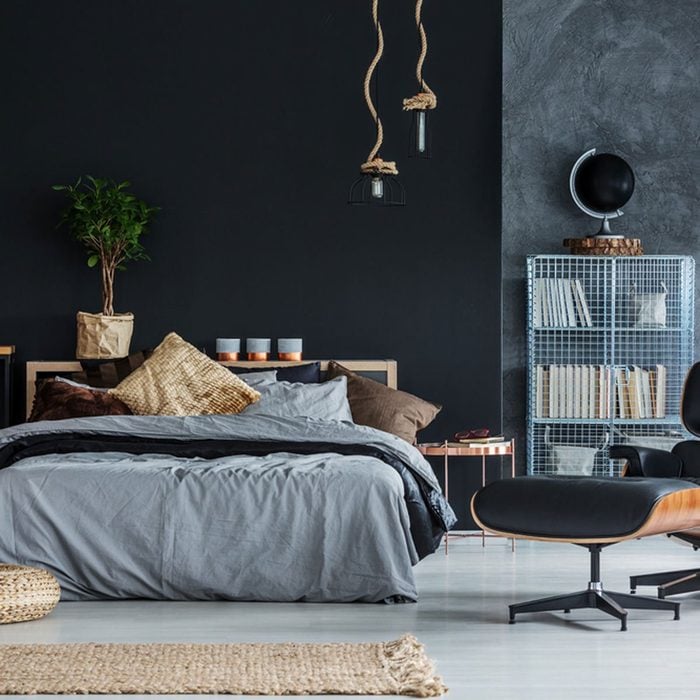
Give bold a try
When it comes to choosing a paint color, it’s OK to break the rules. Making a room darker is a guaranteed way to give it instant “wow factor.” Try using a bold dark hue in the bedroom or a bright, sunny yellow in the living room. Make sure to make your choices wisely, as your home decor reveals a lot about you.
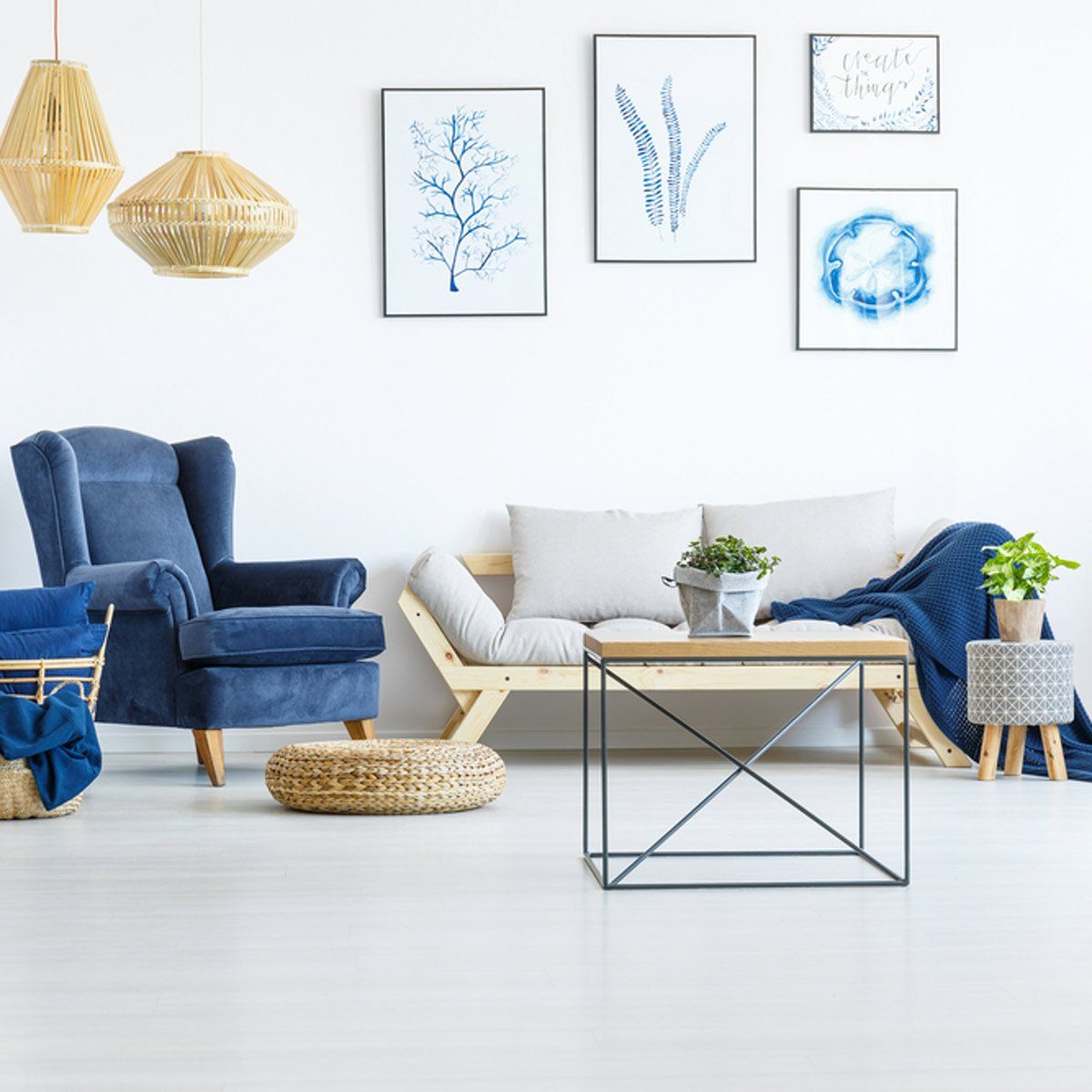
Follow the 10-30-60 Rule
Once you have your color scheme decided, you’ll need to decide how they will work together. This is where the 10-30-60 rule comes into play. Choose a dominant color that you’ll use for 60 percent of the space, a secondary shade (30 percent) and an accent color (10 percent). Dominant colors are often applied to walls and floor coverings. Secondary colors work well on furniture and the accent color is reserved for accessories such as throw pillows, a flower vase, or a lamp shade.
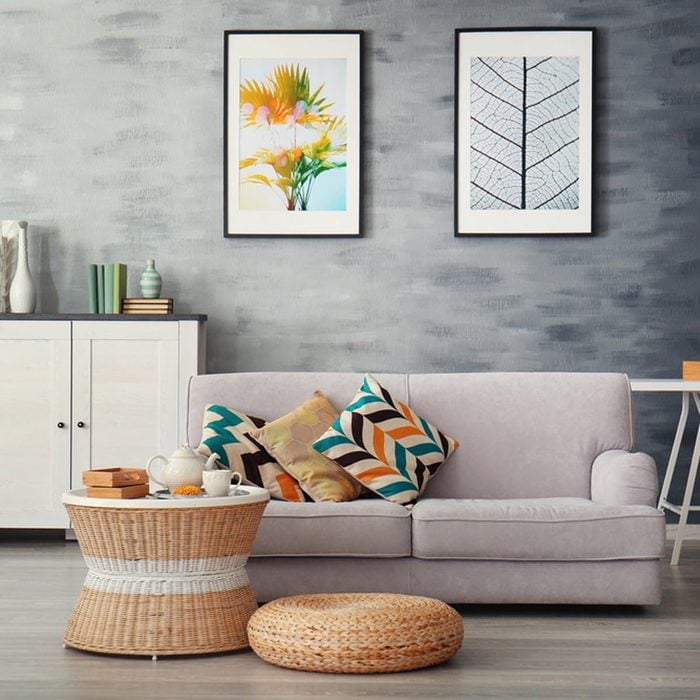
Form and function
When choosing furniture, consider both form and function. Choose a piece for the entryway that is not only visually appealing but has drawers to store your car keys and the dog leash. If you don’t like clutter in the living room, look for tables where you can store remotes, magazines and odds and ends.
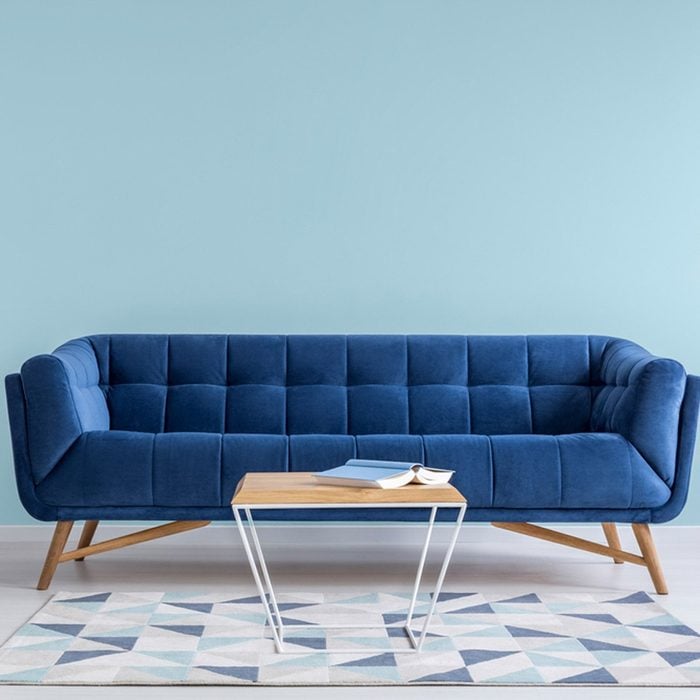
Buy things you love
Before you make a purchase, ask yourself if it’s a piece you’ll love years from now. If you answer “yes,” go ahead and buy it, whether it’s a bold blue couch, a lamp or a new rug. Regardless of trends or rules, don’t be afraid to invest in pieces you love.
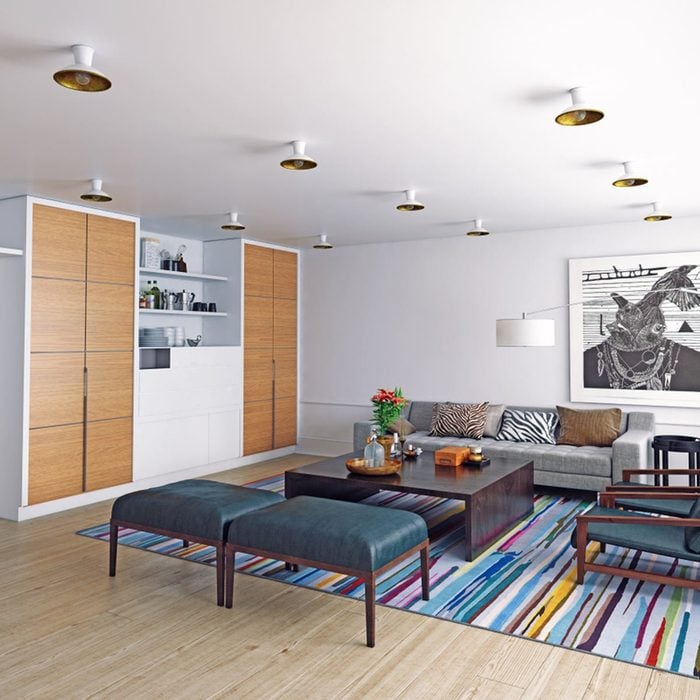
Choose the right rug
Rugs can be expensive, so it’s important to choose the right size for your space. It can be tempting to purchase a rug in a design you love even though the rug is too small—but don’t! Make sure at least part of your rug can be placed under some of your furniture or it will make the room look uneven. Find out the carpet stain removers to keep your rugs clean.
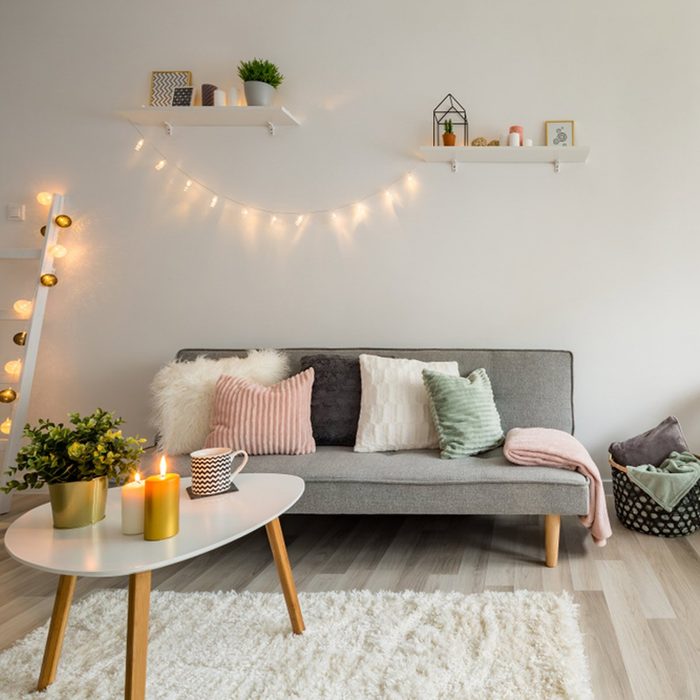
Mix textures
Don’t be afraid to mix textures in a room. Try adding a wicker chair to the living room along with some metal fixtures. Or add a brass lamp along with some plants to add a pop of green.

Know the right way to hang artwork
Before you start putting nails in the wall to hang your artwork, do a little prep work. Most art looks best hung at eye level (between 57 and 60 inches). Once you find the correct level, sketch out a grid on paper before you start pounding in nails. Follow these tips for hanging artwork.
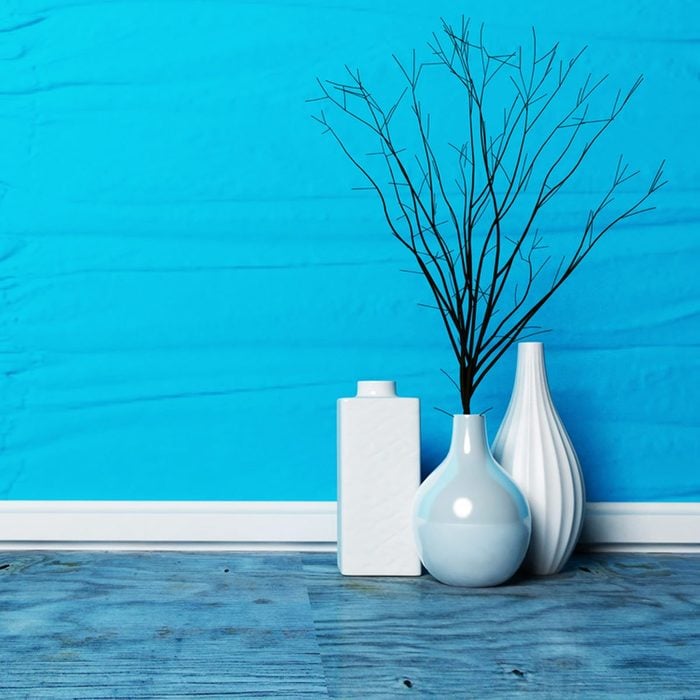
Stick to the rule of threes
The rule of threes is a classic design concept that says odd-numbered groupings create more visual interest than even numbers. Try adding three throw pillows or group a set of three vases in varying sizes. Make your home look more expensive with these tips.

Get quirky with accessories
Even the most conservative designer should get quirky every now and then. Make a statement with an unusual vase or a decorative bowl in a bold design or color. You’ll want to avoid these decorating mistakes that make your home look messy.
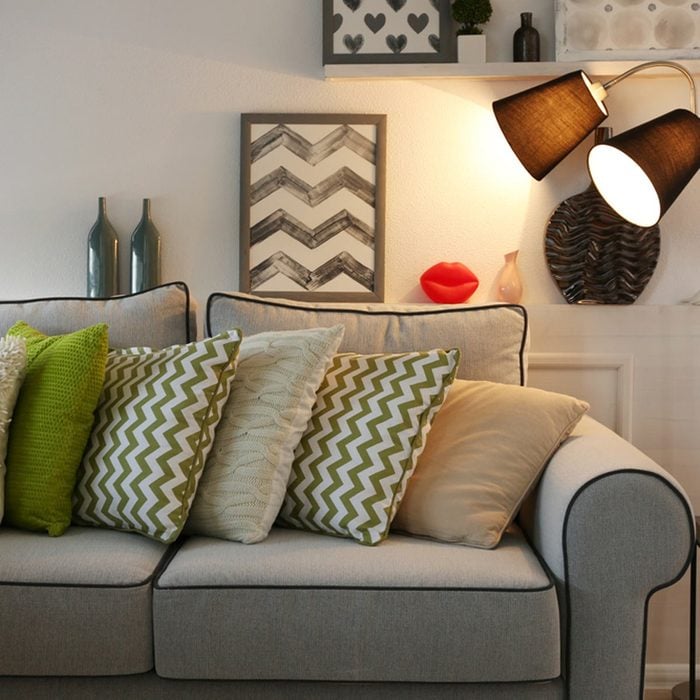
Add layers of light
A single, overhead light can make a room look flat. Instead, layer light sources. Try adding sconces or put a fun lamp in the corner to add a soft glow.

Don’t forget to measure
Before you purchase that new couch or bookcase, make sure you measure. If your furniture is too big or too small, it can make your space look uneven. Before you buy furniture, map out where you’ll place large items so there aren’t any surprises.